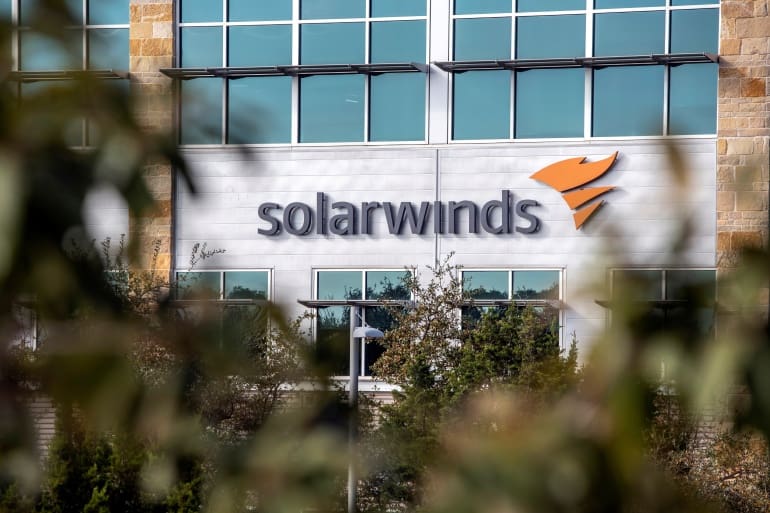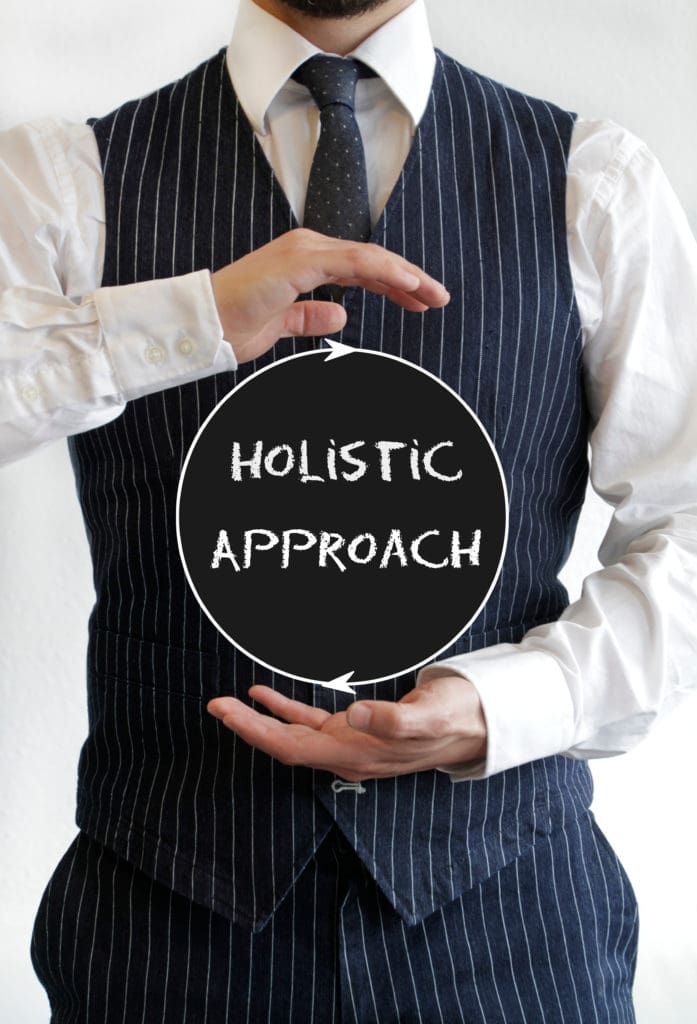Benefits
Changing Winds
Money Talks
Delivering a Benefits Experience for the Whole Employee
Empowering Employees Through Annual Enrollment and Beyond
A Holistic Approach
Seeking Flexibility
Employees in India are demanding more flexibility post-pandemic, but three considerations should be top of mind.
By Marta Chmielowicz
The COVID-19 pandemic ushered flexibility into the workplace like never before, with employers adapting to meet the needs of their employees as they transitioned to a new remote reality. Now, many companies are finding that flexibility is no longer a nice to have -it is an expectation.
Adapting to Digital Natives
Young employees demand greater choice, flexibility, and autonomy from their employers.
By Marta Chmielowicz
Millennials and Generation Z workers, aged between 18 and 40, currently make up most of the global workforce. By 2035, these digital natives will be at the helm of many leadership teams, so understanding and investing in this cohort is critical to future business success.
Maintaining a Healthy Program
Three strategies can help employers navigate the changes to employee benefits caused by COVID-19.
By Sally Prather
The onset of the COVID-19 pandemic placed most employers in crisis mode, focusing on employee health and safety and the transition to remote work. As companies now begin to focus on recovery and the “new normal,” it’s essential to evaluate longterm workforce strategy to ensure sustainability and growth. A good starting point is assessing health and wellness benefits, a long-standing pain point for many organizations.
Embracing Wellness
2020 has tested employee well-being like never before. Here’s how employers can help.
By Cynthia Coverson
As employers begin to see the “light at the end of the tunnel” one year into COVID-19 amid vaccination rollouts and reopening plans, many are beginning to reflect on just how drastically employees’ needs and desires have evolved during the pandemic. For example, MetLife’s 19th annual U.S. Employee Benefit Trends Study found that this year, more employees than ever have stated employers have a responsibility for the well-being of their workforce. That’s why this is an opportune time to prioritize employee well-being, particularly as many employers begin to make important decisions about the future of the workplace.













